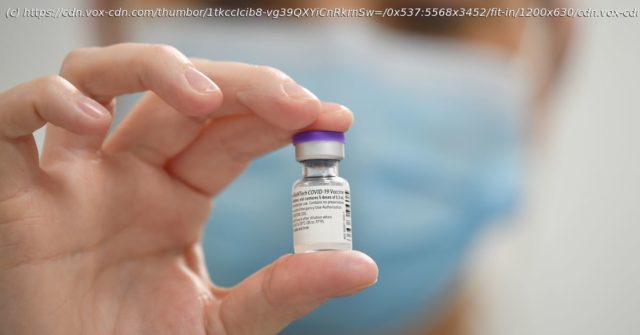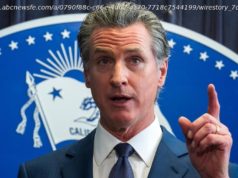Covid-19 vaccine distribution needs to be simplified.
America’s messy Covid-19 vaccination campaign should provide one overarching lesson for policymakers: Keep it simple. In the lead-up to the vaccine, federal and state governments established priority groups for the vaccine. In the very first phase, vaccines would go to health care workers and nursing home residents. After, vaccines would go to frontline essential workers, older populations, and people with medical conditions that put them at a greater risk for Covid-19. The list of people eligible would expand from there. It seemed simple enough, but then reality brought complications. Just giving vaccines to health care workers raised all sorts of issues: Do all health care workers get a vaccine? Does that include staff who never interact with any patients at all, or should other staff get priority? Do staff who regularly interact with Covid-19 patients get extra priority — and what does “regularly” mean? These kinds of questions have led the feds and states down to an enormously complicated process: “Phase 1” has been broken down into phase 1a,1b, and 1c, and each state has built out its own definitions and guidelines for every step. The complexity has slowed things down. Out of the 30 million vaccine doses sent out by the federal government, only 11 million first doses have been administered. Even if states are holding half their supply for the second dose the current vaccines require (which the feds no longer recommend), that’s still millions of vaccines going unused. President Donald Trump’s administration promised the US would vaccinate 20 million Americans by the end of 2020. The country has breached only half of that two weeks into 2021. Other countries are vaccinating much faster, eclipsing the US entirely or catching up after a later start. California’s health and human services secretary, Mark Ghaly, acknowledged the role of the state’s complex rollout, saying the state’s “really thoughtful” guidelines “led to some delays in getting vaccine out into our communities.” “I will say that certain states that have put a great deal of effort into coming up with their priority groups, watching how we keep a keen eye on equity, have been in the same place where California is,” Ghaly added. For some experts, the troubled rollout has led them to a piece of advice to US officials: embrace simplicity. Instead of trying to fine-tune theoretically perfect but increasingly complicated vaccine plans, US officials should give more priority to getting vaccines out as quickly as possible — even if it’s less equitable in theory (though not necessarily in practice, since more complexity often enables more gaming of the system). To put it simply: Worry less about whether the ideal population is getting vaccinated and more about actually vaccinating people. “A massive vaccination campaign won’t work with our current fussy and intricate criteria for who gets a shot and when,” Peter Hotez, a vaccine expert at Baylor College of Medicine, wrote. “We learned in 2020 that our health system simply cannot do complicated things.” That doesn’t mean opening the floodgates and letting everyone get the vaccine. For one, the limited supply of doses won’t allow that for some time. The idea is to find another, but simpler, standard. For example, age: Provide vaccines to older populations first, then work down to younger and younger people. This would still target those at highest risk of death — older age is a big predictor of Covid-19 fatality — and it’d be much more straightforward. Some states, like New York and California, have moved in this direction by letting people 65 and older get the vaccine. But these states aren’t stratifying this process within the 65-and-up group, and there’s currently not enough supply to meet the demand. A simpler rollout that speeds things up could save thousands of lives. Daily new coronavirus cases now average around 240,000 in the US, with more than 3,300 people dying a day from the coronavirus. With every day that this continues, the US experiences a higher Covid-19 death toll in 24 hours than the number of people who died in the 9/11 attacks.






